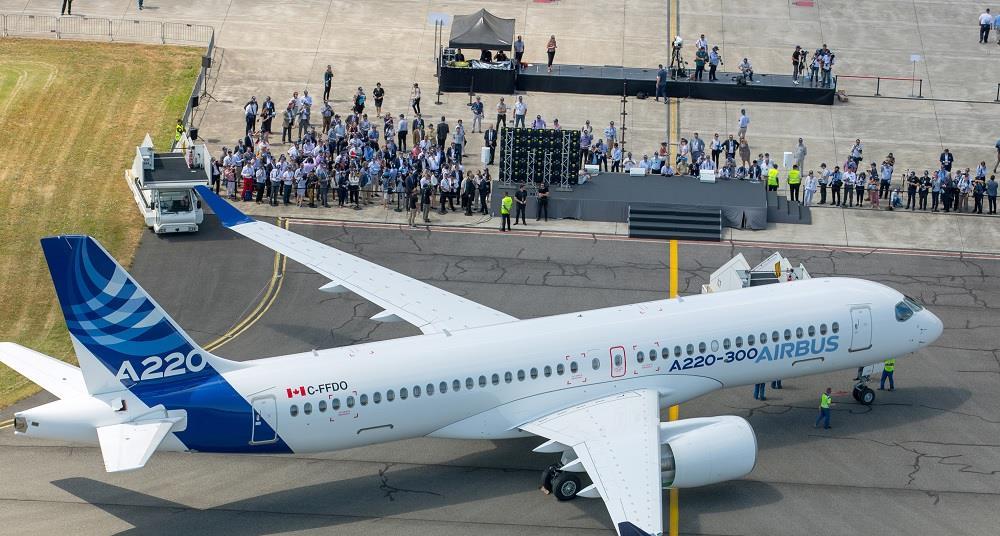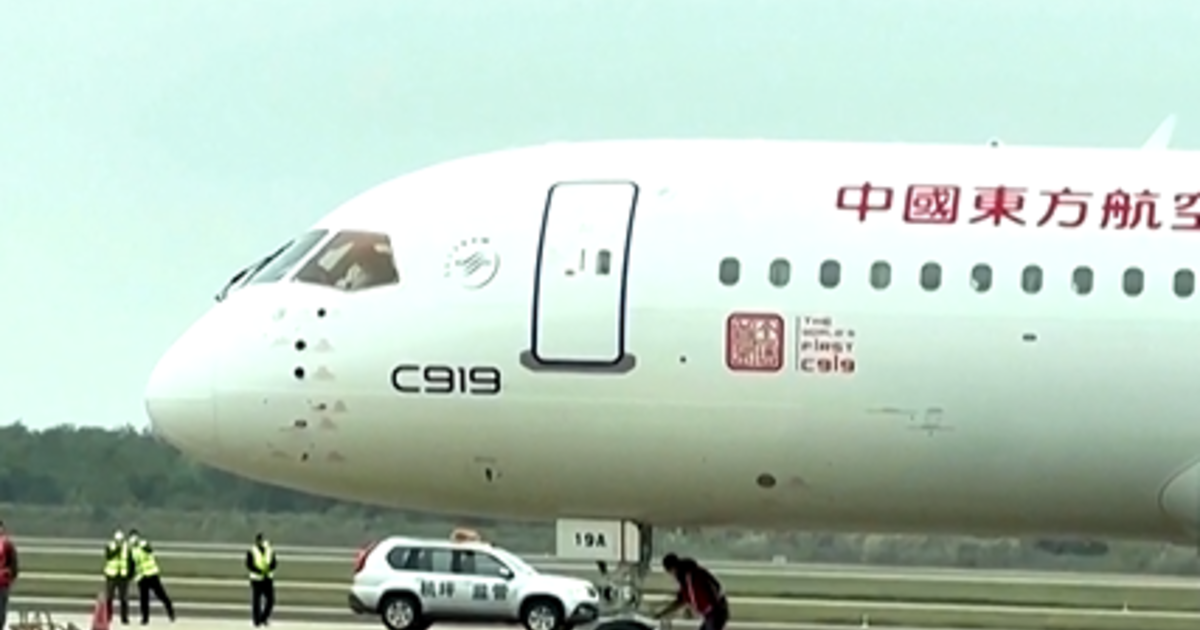China’s newest turbofan is making flying hours
China's newest turbofan is making flying hours. The AECC CJ-1000A that will power the COMAC C919 has been spotted flight testing

airinsight.com
China seems to make progress with the development of its indigenous medium-sized turbofan engine CJ-1000A, which has been spotted doing flight tests. The engine is under development since 2017, with the COMAC C919 specifically in mind. But like the airframe, progress has been slow even without taking the effects of the Covid crisis into account. China’s newest turbofan is making flying hours.
Launched in 2011, the CJ-1000 is developed by Aero Engine Corporation of China
(AECC). which is part of the AVIC aerospace consortium. Video footage emerged earlier today on Chinese social media of a Xian Y-20 transport aircraft with the CJ-1000 in the number 2 position on the four-engine aircraft, which itself is still in the development phase.
The CJ-1000 is part of a two-member civil engine family, which also includes the bigger CJ-2000 that could end up on the CRAIC CR929 and the smaller CJ-500, which is sized for the ARJ-21. The ‘1000’ is a high-bypass, advanced turbofan with a minimum thrust of 14.000 pounds but developed for the C919 with a power range of around 30.000-31.000 pounds. This is comparable to the CFM LEAP-1C that is currently powering the Chinese airliner, which received
type certification last September.
Like the LEAP, the CJ-1000A is a high-efficient turbofan with lower fuel consumption compared to previous-generation engines. It consists of a fan with eighteen, titanium blades, followed by a three-stage low-pressure compressor, a ten-stage high-pressure compressor, a two-stage high-pressure turbine, and a six-stage low-pressure turbine. The engine has been developed in-house, although the engineers will have taken a good look at Western engines like the LEAP.
The first engine has been completed as far back as late 2017 or some six months after the C919 made its first flight. It ran for the first time on the test stand in May 2018. A year later, three engines had been completed and undergoing various ground tests, including bird strikes. According to Chinese media reports, the engine was installed on an Ilyushin Il-1000 flying test bed in August 2020 but there are few details of the actual flight test program.
After delays during the Covid crisis, AECC accelerated the project in late 2022, with the aim to certify the CJ-1000 for the C919 in 2025. The latest test on the Y-20 seems to confirm that the engine is now in an active test phase.
Although she has been designed and developed for a few years now, China might feel an urgency to become independent of Western high-level technology as long as geopolitical tensions continue. The Trump Administration almost blocked LEAP deliveries to China after including COMAC on the
sanction list. Still, engine deliveries continued.
As far as the C919 itself is concerned, the first aircraft that was delivered to
China Eastern Airlines in December seems to have done very little flying in recent months. Her most recent flight was a short hop from Shanghai Hongqiao to Shanghai Pudong.









